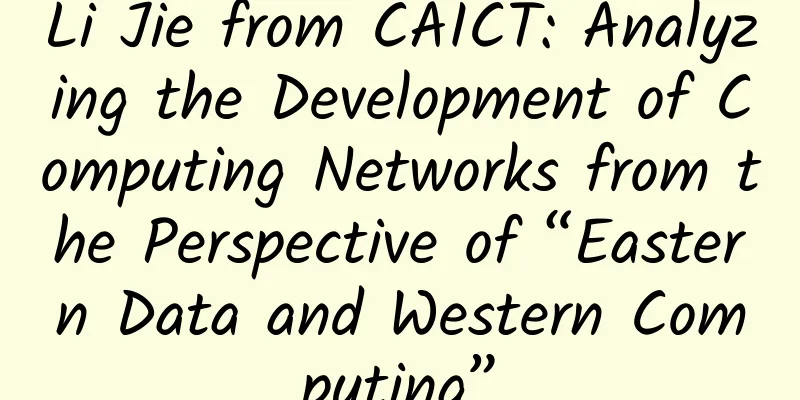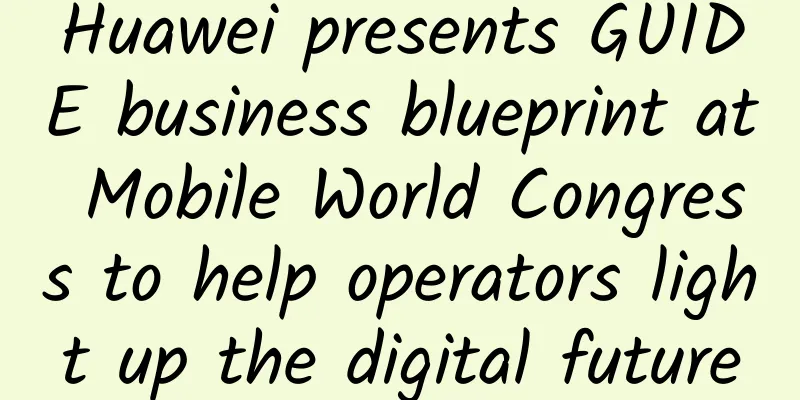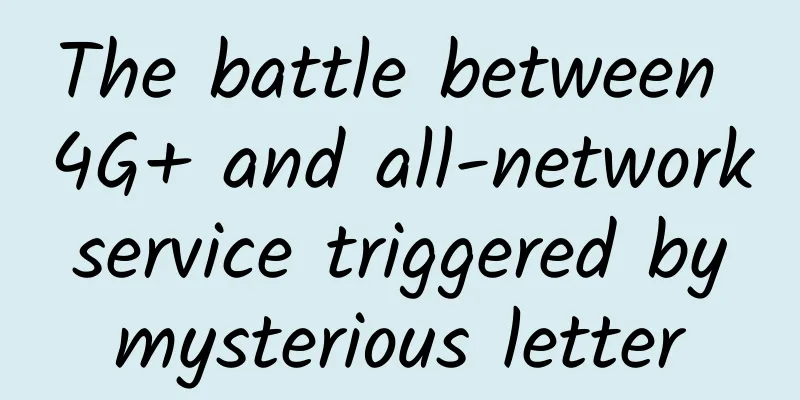Why some cities are reluctant to adopt 5G

|
Most of the discussion about 5G has centered around how it is superior to older wireless network standards and how it can help people access online content faster and with less latency.
There's also a lot of talk about how 5G networks will support high-tech advances, like enhanced connected devices and more responsive virtual reality experiences. Some people, however, aren't thrilled, saying they don't want to make the necessary upgrades. Health concerns make residents hesitant One oft-cited concern is that 5G technology could cause health problems. More specifically, because 5G is new technology, researchers are unsure whether radiation from the network could harm people. In the San Francisco Bay Area, residents don't want to wait to find out. That's why city council members in Mill Valley, north of San Francisco, voted unanimously last year to ban 5G towers in residential areas. The decision came after local lawmakers received strong opposition from Mill Valley residents. They reportedly received 145 letters criticizing 5G, compared to just five from supporters. Because the city council's vote was an emergency ordinance, the new rules take effect immediately. They won't affect the rollout of 5G equipment in commercial areas, but some in the industry say local legislation like this will make the nationwide rollout of 5G more challenging. Some critics have fueled public concerns that radiation could pose a cancer threat. Most people, however, agree that 5G poses no health risk. But even so, some residents remain hesitant and are using local legislation to push that position. Uncertainty about 5G isn't limited to the United States, either. Activists in Brussels, Belgium, successfully blocked the deployment of 5G towers. Opponents said they were not against the technology but wanted to ensure that 5G towers didn't cause cancer. They believed it was dangerous unless scientifically proven otherwise. Transmission tower affects the appearance People also don’t like that 5G networks require more cell towers than the old system. They assert that the cell towers will take away from the aesthetics of cities and neighborhoods. Some are also frustrated that they don’t have any say in where the cell towers are installed. For example, Denver reportedly has more than 120 cell towers. There, a barbershop owner complained that a cell tower was installed right in front of her shop, and that it was so large that it blocked the view of people passing by, affecting her business, and that she had not received any notice. (Source: IoT Home Network) The area's public works department insisted that they had notified people about the installation of the cell tower. However, while people's protests can affect certain aspects of the cell tower, such as size or height, they cannot affect the number of cell towers in the city. Some residents and businesses have begun protesting by posting signs in their windows. So far, the action has not stopped the installation of the towers. However, it shows that telecom companies and local authorities need to pay attention to people's reactions. People in Cincinnati are also uneasy. Some have raised health concerns, while others say that even if people aren't concerned about 5G posing a health risk, the towers are close enough to homes to hurt property values. One resident said she's heard there's one tower for every three to 10 homes. Others objected to the disappearing aesthetic because they didn't see the value of the new network. They pointed out that the 4G network did not inconvenience them and they would rather keep it. Some cities feel impact of federal bullying Another issue fueling the 5G protests is that some local leaders believe 5G is being forced upon them by the Federal Communications Commission, which in 2018 significantly curtailed the power of local governments to determine where to put 5G towers. However, in September 2019, a court ruling concluded that the FCC had wrongly tried to bypass environmental and historic site protection reviews when deploying 5G towers, a ruling that environmentalists and Native American tribes hailed as a victory. While the FCC retains control over municipalities, its influence is limited in some cities. In Chico, California, the City Council voted to delay enacting an emergency ordinance that would have allowed the city to choose where to install 5G small cells. It will revisit the matter in December. If the ordinance is passed, small cell equipment would have to be at least four metres from sidewalks and mounted on streetlights to make them less conspicuous. Postponed but not banned In most places where opposition to 5G networks has been building, residents and lawmakers have only made progress in delaying (but not banning) deployment. Perhaps only time will tell how successful opposing cities will be in permanently blocking 5G’s arrival. |
>>: Xinhua Commentary: The "invisible threshold" for number portability should be removed
Recommend
Introduction to VPN technology and commonly used VPN networking methods in enterprises
VPN (Virtual Private Network) refers to the use o...
What is the investment direction of the 5G trend?
Countries and regions are actively preparing for ...
Learn crawling skills in Yiwen
[[336016]] Preface As an important tool for cold ...
Nearly 150 universities have adopted the simplified Ethernet all-optical network: it is not only as simple as 10G access to the room and simplified operation and maintenance!
[[416673]] In the first year of the 14th Five-Yea...
Use wireshark to analyze tcpdump network data packets to quickly troubleshoot and solve the frequent abnormal TCP connection disconnection problem of OceanBase in a certain environment
1. Problem phenomenon A customer reported that in...
Huawei FusionServer RH8100 adds another option to the mission-critical server market
With the transformation from "Made in China&...
5G brings devastating impact, ten physical industries will disappear in 22 years
5G has brought a devastating impact, and ten more...
The world's first non-cellular 5G standard has been released, with a higher connection node density than NB-IoT and LTE-M!
Recently, the DECT-2020 NR standard launched by t...
DogYun launches Chongqing independent server with monthly payment starting from 200 yuan, E5-2630v4/64GB memory/800G SSD hard drive
DogYun has been mainly providing independent serv...
The whole process of solving the problem of sticky packet unpacking during TCP communication
[[359421]] When using TCP protocol for communicat...
80VPS Japanese data center VPS simple test
Recently, the promotional activities and efforts ...
SKT launches online-only plans for 5G and 4G customers
South Korean telecom operator SK Telecom recently...
The challenges of 5G have just begun
The COVID-19 outbreak that has ravaged the world ...
Optical network campus under the background of new education infrastructure: the construction of Ethernet all-optical network of Anhui Sino-Australian Vocational College of Science and Technology
Anhui Sino-Australian Vocational College of Scien...
"If you don't believe it, run a test?" Is it a gimmick or real strength?
1. Background: The Battle of Performance "If...









